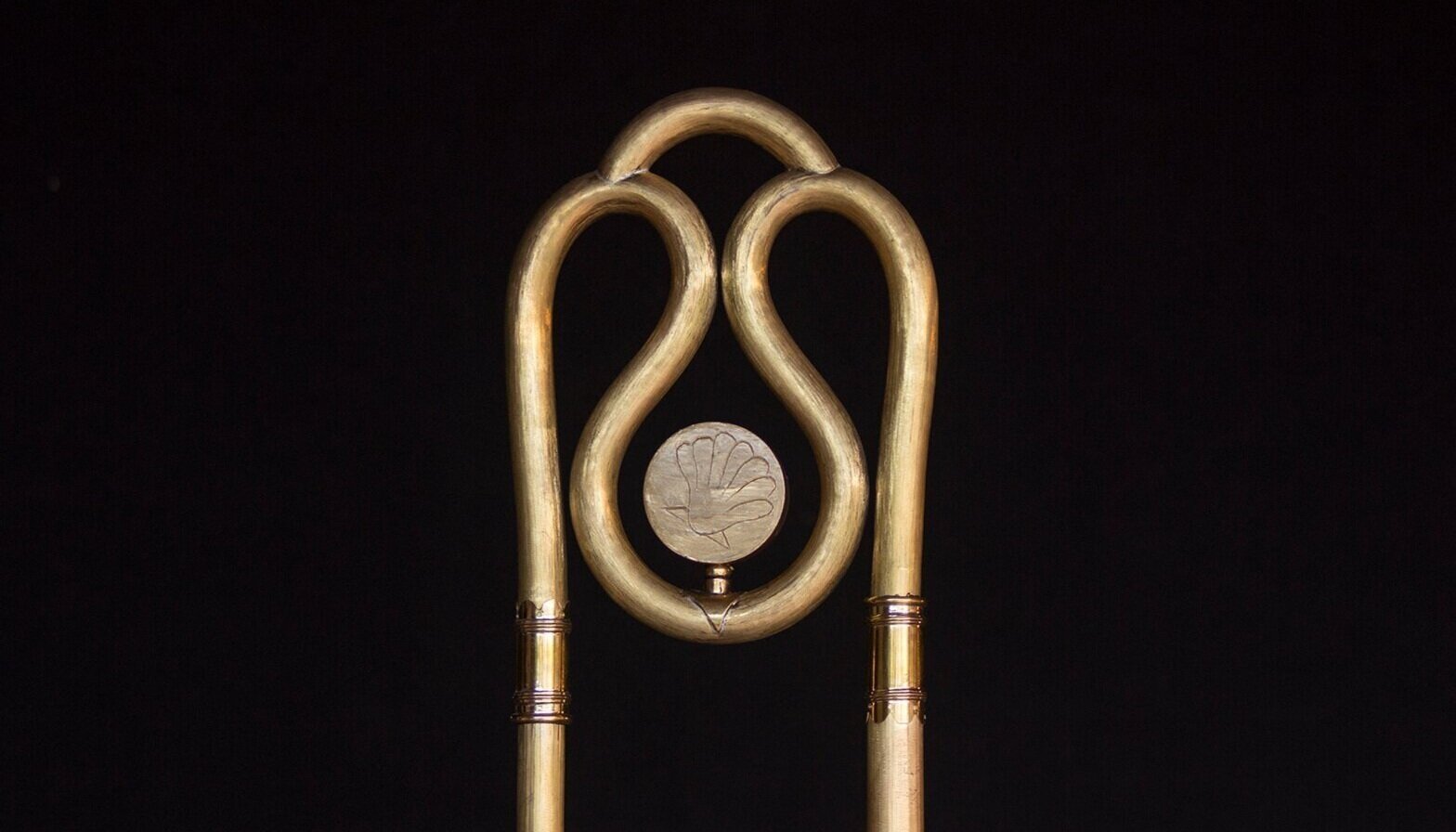Tony Esparis, Artisan of Historical Instruments specialising in Historic Brass and Timpani is the craftsman responsible for reproducing the 1631 bass sackbut of Hans Hainlein. Based in Galicia, Spain, Tony has been building instruments in his historic workshop since 2013.
I asked Tony about the Instrument Reproduction Project, how he approaches instrument construction and his thoughts on the 1631 bass sackbut.
I wanted to start first with your experience with music, where did it all begin for you?
Well, I have a lot of memories; I always had a lot of enthusiasm to learn and play instruments. I had classes in various instruments at different stages of my childhood, but it wasn't until I was 17 that I bought my first trombone and started playing in the band of my town.
Was early music part of your musical upbringing?
No, I did not know early music was there until I went to a concert in the cathedral of Santiago where I heard for the first time a sackbut and a full set of historical instruments playing Monteverdi. I sat the whole concert with goose bumps. This experience changed me forever.
When did you realise you had an interest in early music instrument building and do you remember the moment that drew you to it?
For me, building is something natural. Mechanics, electricity, plumbing, they are all works that I have seen my parents, uncles and grandparents do at home every day since I remember. My first reaction to seeing that the sackbut was at a price that was beyond my budget was to think "Why not make my sackbut, so I will have it earlier and cheaper?". That decision was the beginning of a multidisciplinary career in which even today I continue learning.











